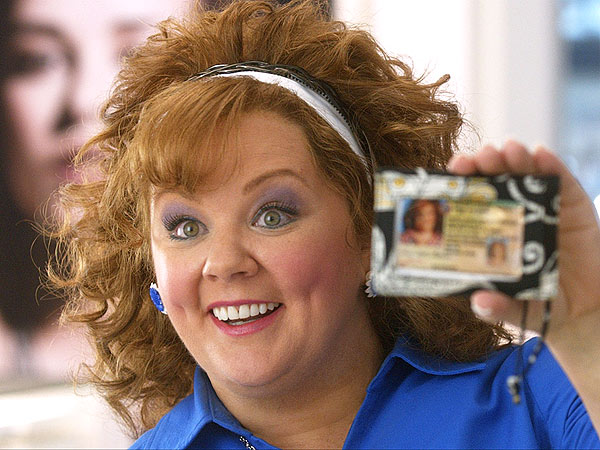TV Watch
American Idol
From left: Randy Jackson, Mariah Carey, Ryan Seacrest, Nicki Minaj and Keith Urban
Michael Becker/FOX.
Like every reality show, the contestants learned valuable life lessons as they fought to stay in the game. Here are five:
1. Never Let Them See You Sweat
Paul Jolley looked like he was going to throw up when he took the stage. "I'm so nervous," he said as he fought back tears. The judges watched quietly as he pulled himself together and gave a strong performance of Carrie Underwood's "Blown Away." He advanced, but not before Nicki Minaj criticized him for showing his nerves. "You walked out so defeated and that really irritated me," she said. "Just give us one minute of professionalism."
2. Be Funny and Unexpected
Admit it: It was kind of funny watching Gurpreet Singh Sarin nail "Georgia On My Mind." The judges liked him, perhaps because he doesn't fit any mold. Neither does Charlie Askew, who worked his quirky awkwardness into an intriguing version of Gotye's "Somebody that I Used To Know," complete with a spoken-word intro. "I am obsessed with you," Minaj said, prompting Askew to respond, "Baby, I could say the same thing." She ate it up.
3. Too Much of A Good Thing Can Be Lethal
Matheus Fernandes, one of the standouts from the Los Angeles auditions, was eliminated after a shaky rendition of Kelly Clarkson's "Stronger." The 4'9" contestant made one too many self-depreciating comments about his height, prompting Minaj to say, "Sometimes things can go from being inspiring to becoming you wanting a pity party." When Carey called him a "good person," his face said it all – Fernandes knew he wouldn't be advancing to the next round. In contrast, Lazaro Arbos said nary a word about his stutter, yet he advanced easily, despite an unspectacular rendition of Lady Gaga's "Edge of Glory."
4. If You Lose, Lose Gracefully
The night's "Sour Grapes Award" goes to Papa Peachez, who performed a karaoke-worthy version of Gaga's "Yoü and I." Minaj was unimpressed. "I'm so disappointed," she said. "I don't know why you chose that song." After he was eliminated, Peachez decided he didn't want to win American Idol, after all. "This isn't the competition for me," he said. "I just don't like singing other people's songs."
5. Big Risks Can Reap Big Rewards
Nick Boddington was eliminated in Las Vegas last season, so he came back determined to take some risks. He accompanied himself on the piano while singing Grace Potter's "Stars." It was a strong performance that the judges loved.
After the dust settled, 28 contestants remained. The judges corralled them onto the stage and announced that they would eliminate eight more male contestants next week, after the ladies' auditions.










